“If you can’t beat em’, EAT EM’”, as we always like to say.
Join us as we take a closer look at invasive edible plants that you’re likely to stumble across in Berlin and Brandenburg’s green spaces this spring and summer.
English: Japanese Knotweed
Deutsch: Japanischer Knöterich
Latin: Reynoutria japonica
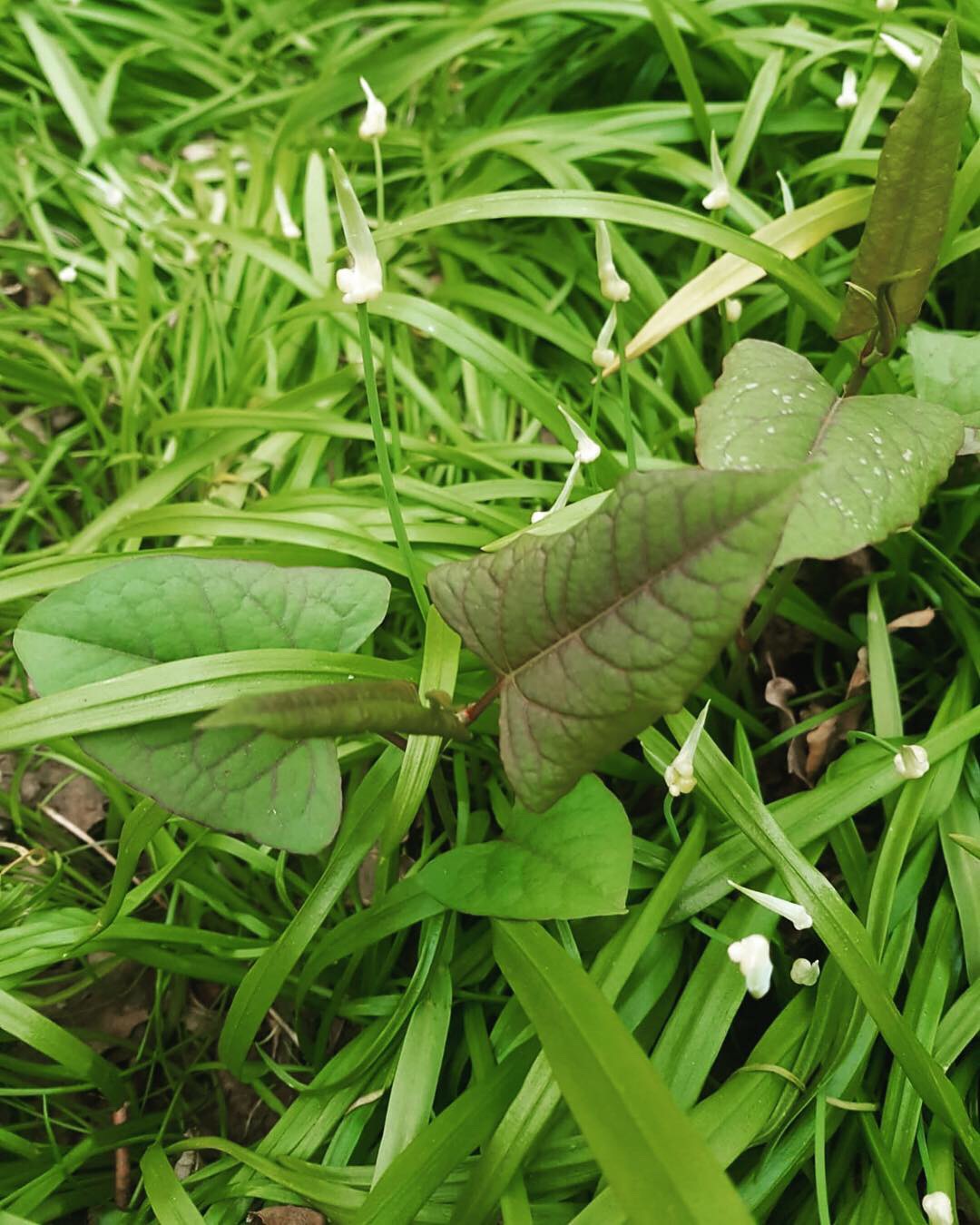
Why is it here?
This herbaceous perennial is a member of the buckwheat family. It was brought over to Europe from Asia as a fashionable ornamental plant in the 1800s’ and then quickly took hold. Thus its “knotty but nice” rep.
And why the bad rep (yes, this one’s especially naughty)?
Everyone from agriculturalists to amateur gardeners abhors Japanese knotweed because its rhizomes forage the soil for moisture with little regard for anything that stands in its path. It’s notorious for its cunning manoeuvres, speed and ability to mine nutrients from other (native) plants. Yes, this bully of buckwheat will overcrowd any space and overpower any competition in the blink of an eye.
If you’re looking to buy property, and you spot Japanese knotweed in the yard, look no further—it’s even been known to tear into buildings’ facades! In fact, the International Union for Conservation of Nature even lists it as one of the world’s worst invasive species. ‘Nough said.
So what’s the good news?
Bees absolutely adore Japanese knotweed, so it’s no surprise the resulting honey has been prized in Japan for centuries. Furthermore, it’s a powerful purifier that sucks toxins from contaminated soils and cleanses the earth. This is also why it should be consumed with caution: You’ll want to be sure it hasn’t been thriving on contaminated soil or run the risk of ingesting these yourself.
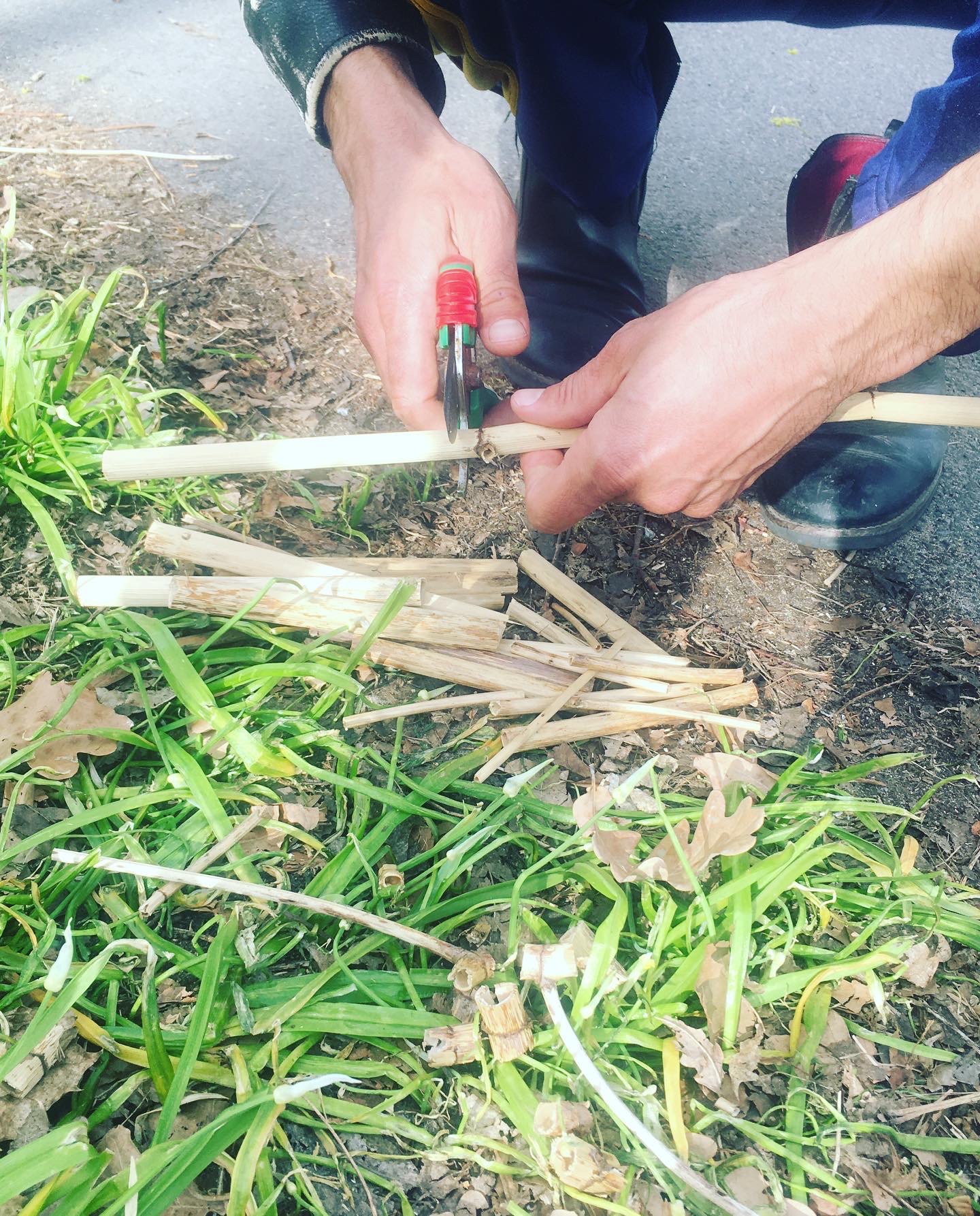

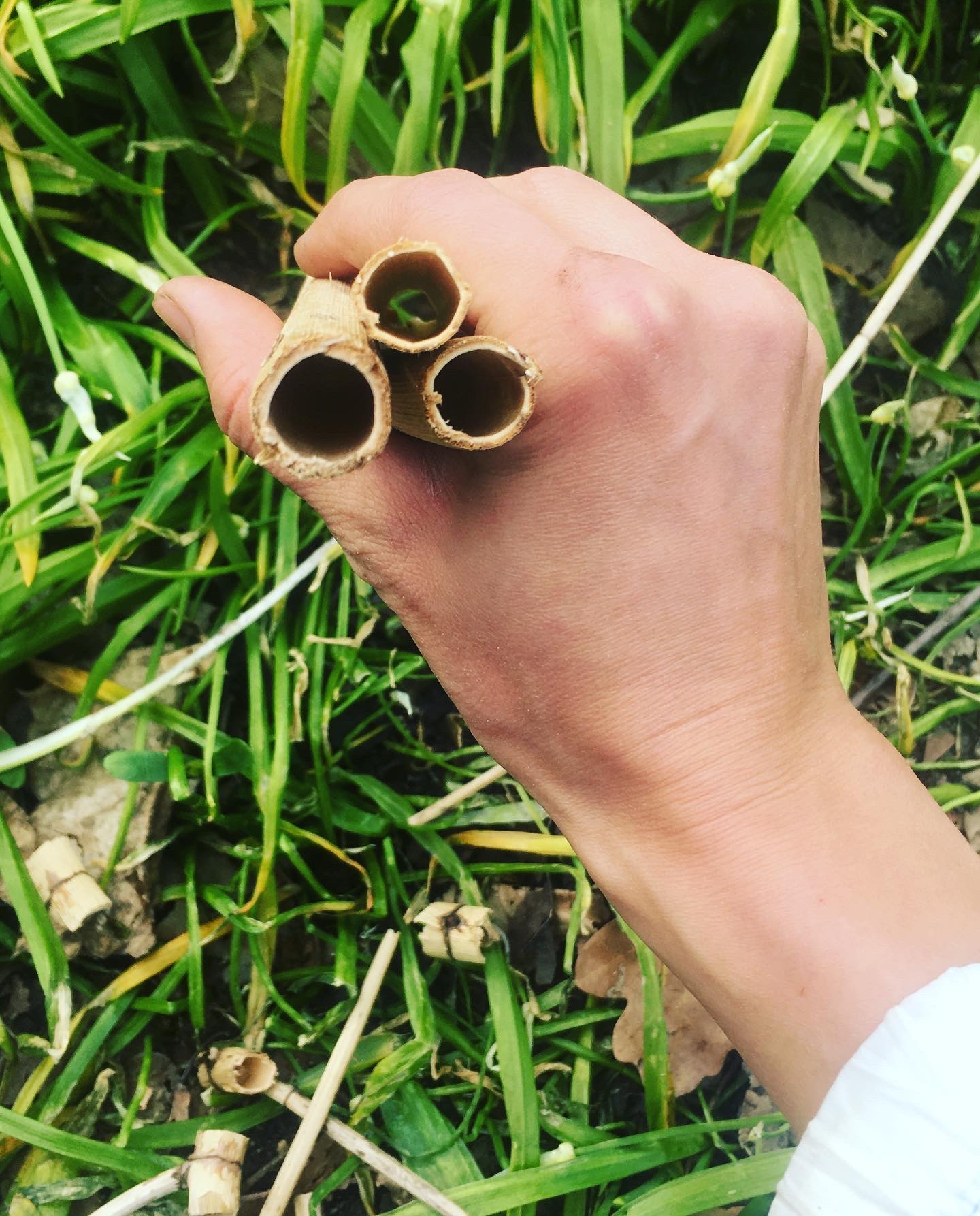
How about the harvest?
For juicing and pickling, it is best to harvest the young shoots in early spring, i.e. April and May, when the shoots are still juicy and tight. As the year progresses, Japanese knotweed will grow to a towering 3-4 meters in height. As you admire its bamboo-like qualities, look for new shoots between taller, older straws. We sometimes like to cut these woody, hollow stems and use them as locally foraged straws in our probiotic drinks. Chin chin!
Can’t Beat It? EAT it!
Their pink and green curling leaves have a psychedelic-asparagus-like air to them. But don’t be fooled into thinking japanese knotweed will lead you into a trance; it’s all for show and no action. What they can do, however, is tantalise your taste buds with their fresh or pickled delicate rhubarb-esque flavour. For this, we recommend slicing the stiff little shoots into rings and fermenting them in a 2% brine. You can also throw the shoots into a juicer for the most amazing drink! We think it tastes even more rhubarbian than actual rhubarb.
But Beware
DON’T be careless and throw old shoots, leaves or stalks around on your walk or chuck them in the compost. This would be an open invitation to infest any gardens in sight. Because it is so robust, some people take to burning anything leftovers.
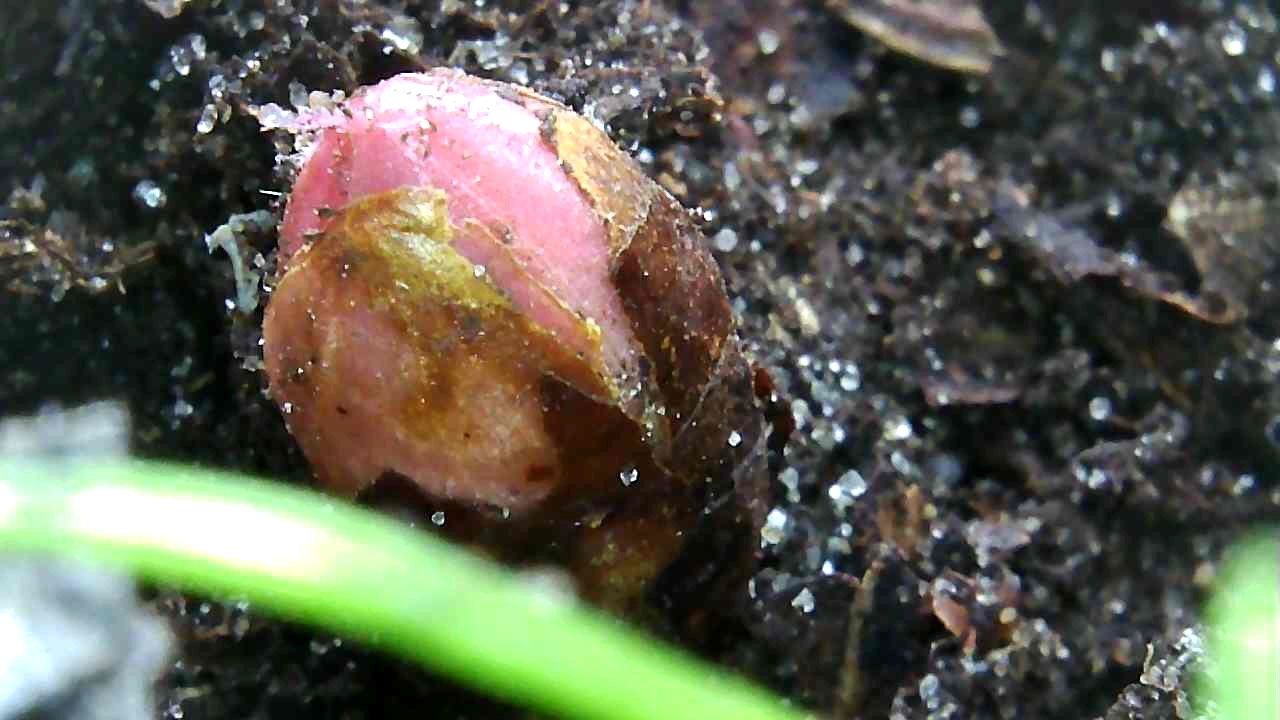
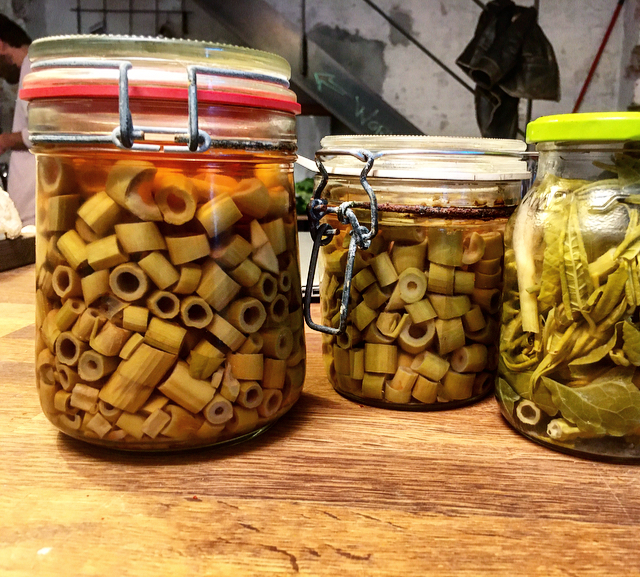
About Edible Invasive Plants
As foraging and fermentation enthusiasts, one of the best ways to support our environment and sustain ourselves is to harvest and process invasive species. Because conventional gardeners and farmers so easily demonise them, these precious plants are frequently overlooked and undervalued in the culinary world.
“So what makes a pest pesky? And why do we need to weed out all the weeds?” you ask. Our answer, “It’s all about perspective.” This is exactly why we’ve taken it upon ourselves to embrace invasive species for their abundance and celebrate their nutritious value.
Head over to the foraging section on our blog to explore the entire series!
Disclaimer (!)
The information provided on our website is meant to support you on your foraging and fermentation journeys. Edible Alchemy does not assume any liability for plants you pick, touch, process or consume.
Be sure only to consume plants if you are 100% certain you are able to identify them correctly and thus rule out the possibility that they are false friends in disguise. Always consider consulting a herbalist or botanist before consuming plants from the wild. If in doubt, always go without!
Extra caution is advised for children, pregnant women, women who are breastfeeding, and people with pre-existing health conditions or who are taking medication. If you ever experience any allergic or adverse reactions to plants, please consult your physician immediately.

